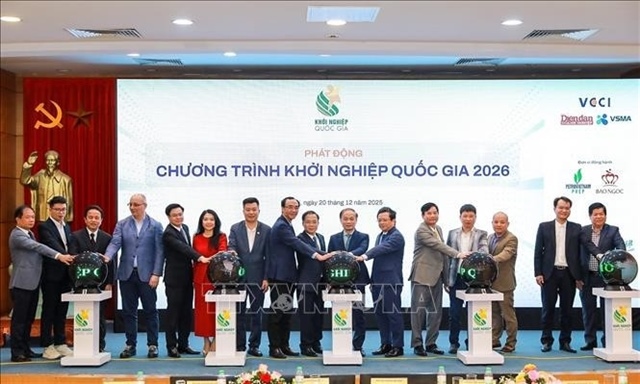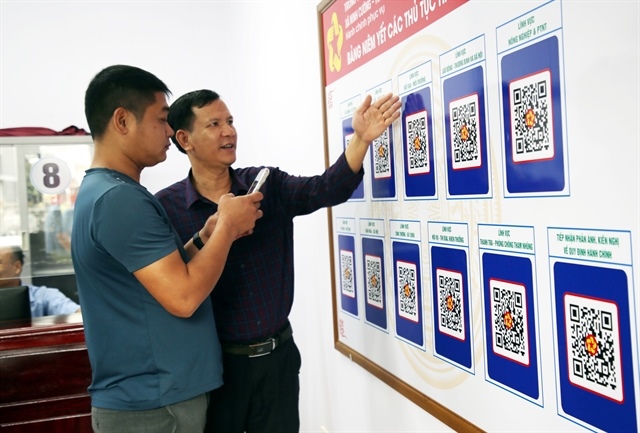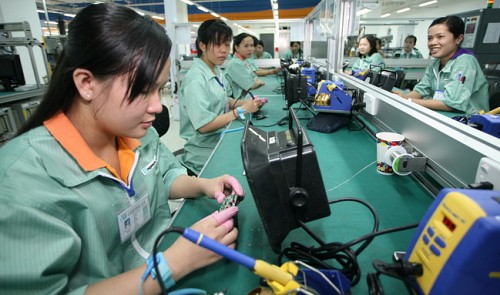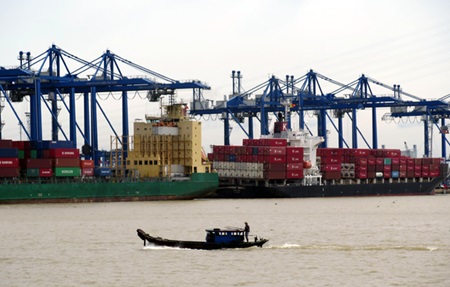Phu Yen sees tourism bud
Phu Yen sees tourism bud
Phu Yen province is striving to become a unique tourism centre in Vietnam by 2025.
Located in the central part of Vietnam, the province has some 20 natural and historical tourist attractions, including the Da Dia rapids and Tu Nham beach. Despite the area’s myriad of beaches, mountains, and forests, Phu Yen’s tourism sector has yet to make the most of its natural gifts.
Tran Quang Nhat, Deputy Chairman of the Phu Yen People’s Committee, noted that the key to the province’s tourism growth laid in focused investments that would ensure swift and sustainable development in the future.
The focused investments, according to Nhat, will be utilised in the province’s national landscapes and relics, to facilitate competitive natural resources in terms of beaches, islands and forests. While calling for mass investments in the central region, Phu Yen, at the same time, is committed to maintaining its cultural values and provincial features.
“By 2020, Phu Yen will make every effort for the sites of the Xuan Dai bay, Cu Mong lagoon, Tu Nham beach, and Da Dia rapids to be recognised as national tourism areas. We’ll also continue rapid and sustainable development, and by 2020, the province’s tourism is expected to account for 7.2 per cent of our GDP,” Nhat stressed.
Phu Yen’s future plan for international tourists looks to Northeast Asian countries like Japan and Korea, and Southeast Asian nations such as Cambodia, Laos and Thailand. In addition, the province will also pay great attention to the US, Western Europe and Australian markets.
Local markets, including Hanoi and Ho Chi Minh City, the Mekong Delta, and the surrounding areas of the central region, will continue serving as Phu Yen’s primary markets.
Phu Yen’s critical tourism products include beach resorts and sightseeing tours that are situated in local cultural and historical areas. Moreover, local culture, in particular, will go hand in hand with local cuisine, craft villages, and spiritual sites, to enhance Phu Yen’s tourism.
The beach resort segment will be developed chiefly in the areas of Tuy Hoa city and Xuan Dai bay, Cu Mong lagoon, Tu Nham beach and Da Dia rapids. The beach resorts will be positioned in distinctive areas and far away from the socio-economic centre, to guarantee privacy and tranquility. In addition, a cruise centre will also be built close to the resort area to facilitate sailing and other water sports.
Ecological tourism, on the other hand, will be situated around the Van Hoa highlands and the Hinh river. Phu Yen will prioritise investments made in the ecological tourism complex in the Hon Nua island, which, once completed, will add adventure sports such as scuba-diving and mountain climbing to its list of sport and outdoor activities.
The local authorities have long known the province’s strengths in tourism, and desired to give Phu Yen the boost it needs to move forward and become a clean and green tourism hub for both local and international visitors, and at the same time, establish the tourism industry as Phu Yen’s leading economic sector.




















